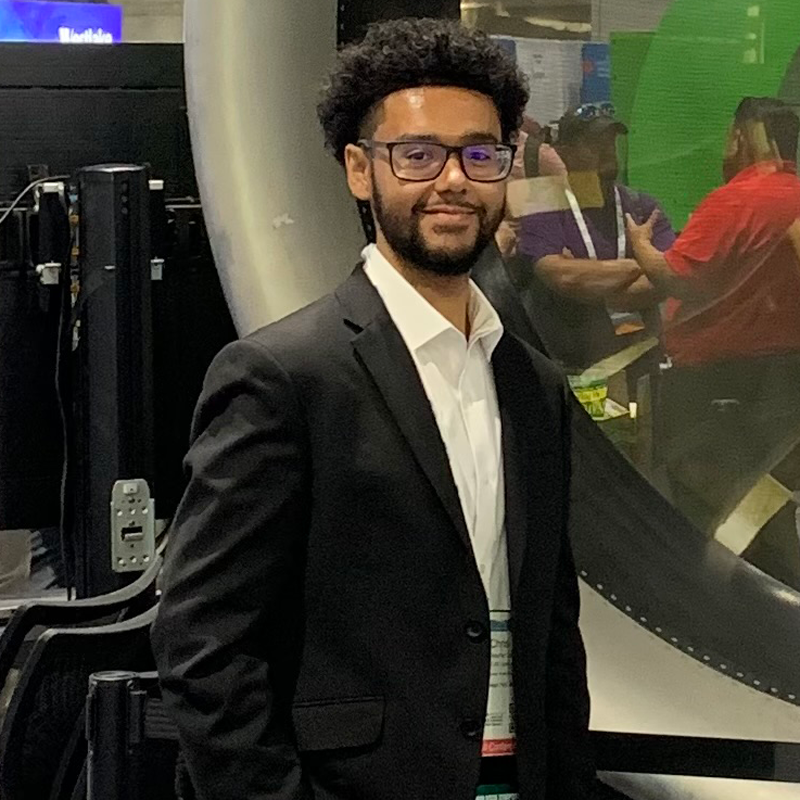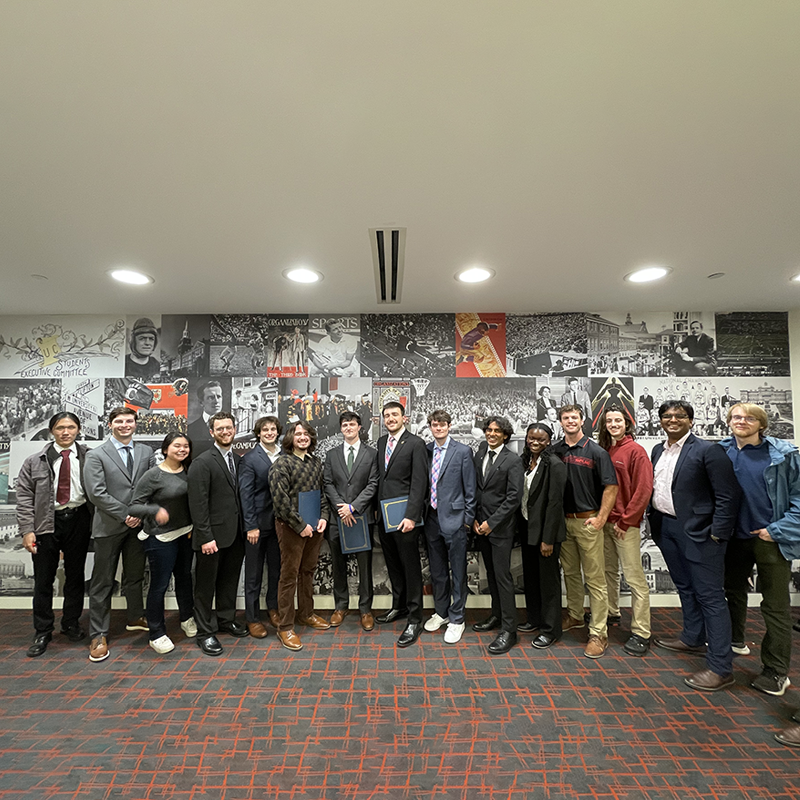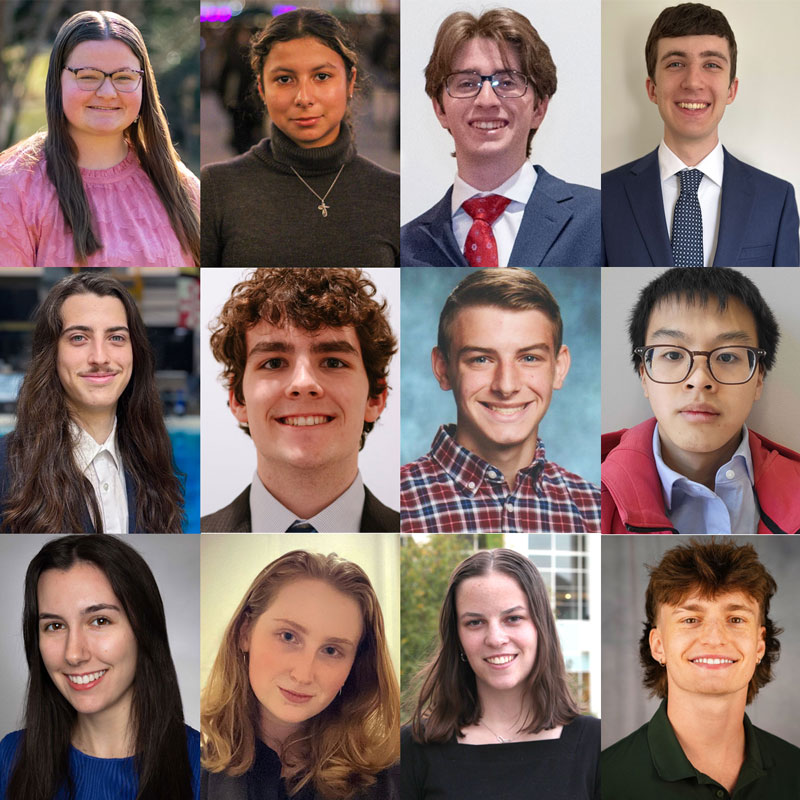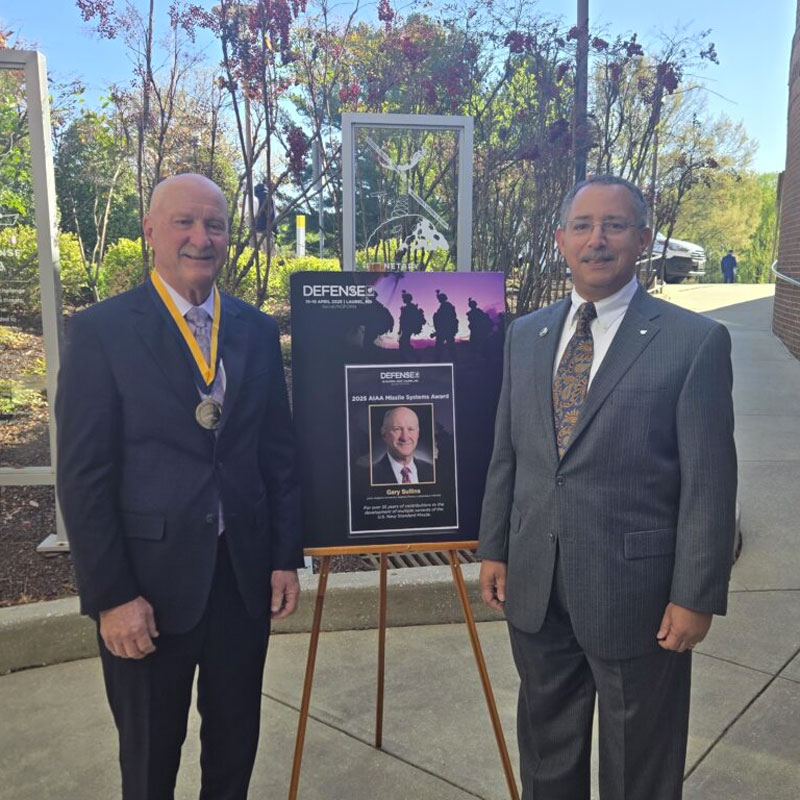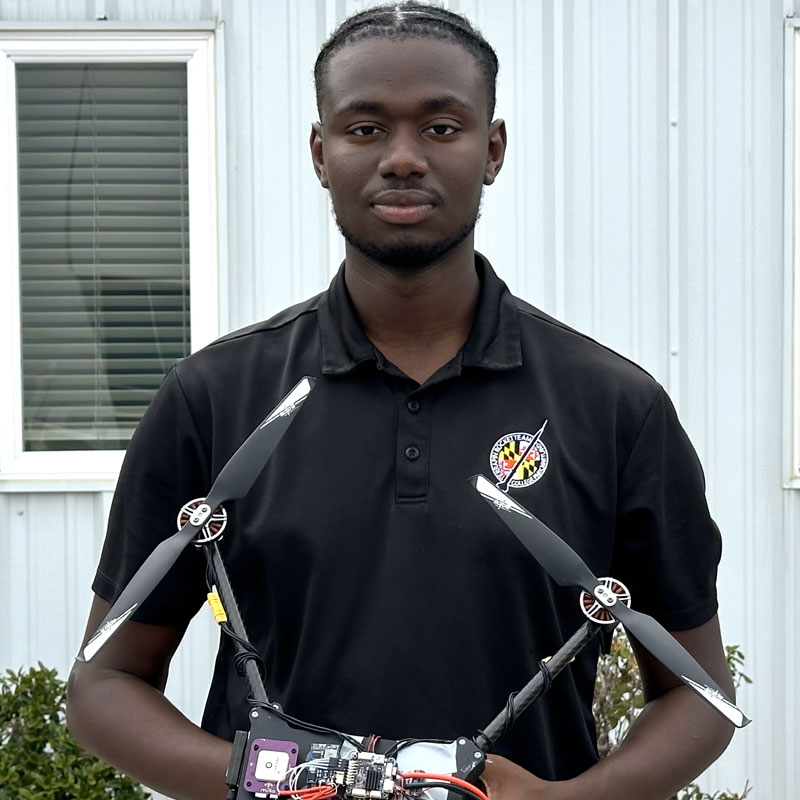News Story
Clark School Faculty Recognized at UMD Invention of the Year Awards

Prof. Donald DeVoe (right) and Omid Rahmanian (left) were honored at the UMD Invention of the Year Awards, and accepted his award from Vice President for Research Dr. Patrick O'Shea (center) and Office of Technology Commercialization Executive Director Dr. Gayatri Varma (center-left).
Time-reversal techniques for optimizing broadband communication networks and rapid prototyping of microfluidics devices were among the Clark School of Engineering inventions recognized as the most promising new technologies at the University of Maryland Invention of the Year Awards.
The University of Maryland’s Office of Technology Commercialization (OTC) hosted the 26th Annual Invention of the Year Awards reception on Tuesday, April 16, 2013 from 4:30-6:00 pm at the University of Maryland Golf Course Club House.
Winners were selected by an independent panel of judges consisting of representatives from on and off campus, who voted for the Invention of the Year in three different categories: Information, Life, and Physical Sciences. Clark School of Engineering researchers won two of the three categories. The BioHealth Innovation Inc., a Maryland-based innovation intermediary that helps commercialize market-relevant research, offered services to each winning team to help them write a successful Small Business Innovation Research (SBIR) proposal.
UMD’s innovations help to stimulate the local economy, provide valuable products for public use, and help fuel research and entrepreneurial initiatives through inter- and intra-university collaborations. The Invention of the Year Awards reception is hosted by the Office of Technology Commercialization, part of the Division of Research at the University of Maryland. Speakers at the reception included Vice President for Research Dr. Patrick O'Shea and OTC Executive Director Dr. Gayatri Varma.
The event was part of the University of Maryland's 30 Days of EnTERPreneurship, a month-long celebration and exhibition of innovation and entrepreneurship on the College Park campus.
Clark School researchers recognized at the Invention of the Year Awards included the following:
INFORMATION SCIENCE CATEGORY:
Winner:
Time-Reversal Division Multiple Access for Wireless Broadband Communications
Feng Han, Yu-Han Yang, Beibei Wang, Yongle Wu and K. J. Ray Liu
A team of researchers at the University of Maryland have developed an innovative approach to overcome this interference deficiency by utilizing a time reversal (TR) signal transmission technique that makes full use of multi-path data transmission environments. Energy from the time-reversal waves is able to be focused only at intended locations with excellent spatial resolution, especially in ultra-wideband (UWB) systems. This results in a low cost, energy-efficient (a very low radio frequency (RF) transmission), secure solution in multi-user wireless broadband communication networks. The quickly emerging area of wireless home area networks (WHAN) for multi-media and data, and other well suited applications such as radio frequency identification (RFID), with its enhanced pin-pointing resolution and extended communication range, are primary targets for entry into the marketplace.
Runners Up:
Sensor Adaptation in Iris Biometrics
Jaishanker Pillai, Maria Puertas-Calvo, Ramalingam Chellappa
Researchers at the University of Maryland’s Department of Electrical and Computer Engineering have developed a prototype machine learning algorithm that “cures” the sensor adaptation problem so that iris reading sensors can utilize data collected from another sensor. They developed a general framework for learning kernel functions for iris codes, which makes numerous kernel-based machine learning algorithms applicable to iris codes. The proposed method also produces significant improvement in recognition performance, is robust to in plane rotations and can incorporate privacy using cancelable iris patterns. The result is an efficient solution requiring limited changes to the existing iris recognition systems.
PHYSICAL SCIENCE CATEGORY:
WINNER:
A Method for Rapid, Inexpensive Prototyping of Microfluidic Devices
Omid Rahmanian, Donald DeVoe
Researchers at the University of Maryland have developed a desktop manufacturing method for thermoplastic microfluidic devices using an entirely different approach to forming microscale features in thermoplastics termed orogenic microfabrication, wherein selected regions of a thermoplastic surface are raised from the bulk substrate through an irreversible solvent swelling mechanism. This process offers a unique and exceptionally rapid approach to prototype patterned and sealed microfluidic devices from homogenous thermoplastic substrates. The photolithography free fabrication approach combines channel formation and bonding into a single step. The simplicity of the approach developed allows a designer to directly define channel features on a thermoplastic substrate with total cycle times between 30-90 minutes from initial design concept to final device.
Runners up:
Electronic Home Plate
Christopher Davis, John Rzasa, Gerald Spessard, Leroy Chamberlain, Jr., Jakob Scharmer
Researchers at the University of Maryland have developed a prototype of an electronic home plate (EHP). The EHP is a simple, low-cost baseball home plate that contains electronic and opto-electric components that will detect and indicate the presence, position, and speed of a baseball passing over the plate. It is designed to assist umpires in determining if a pitch is a ball or a strike in games and can be a valuable tool for pitchers and batters alike in baseball training. The EHP is unique in that not only can it detect a ball as it passes between the outer edges of the home plate but also is automatically adjusted to correspond to the knee-to-chest strike zone.
Sensor System for Detection of Scour and of Riverbed Migration
Raymond Swartz, Alison Flatau
Researchers at the University of Maryland and Michigan Technological University have designed bio-inspired flow sensing whiskers based on the principle of magnetostriction as an enabling technology for the development of robust scour sensor arrays to detect riverbed levels at bridge foundations. The proposed scour sensor network utilizes an array of magnetostrictive flow sensors mounted to the surfaces of bridge piers and foundations. An automated data interrogation system will detect dynamic signals, perform sensor fault detection tests, and compute the profile of the riverbed at the bridge support.
For more detailed information regarding the finalists, see www.techtransfer.umd.edu.
Published April 16, 2013
